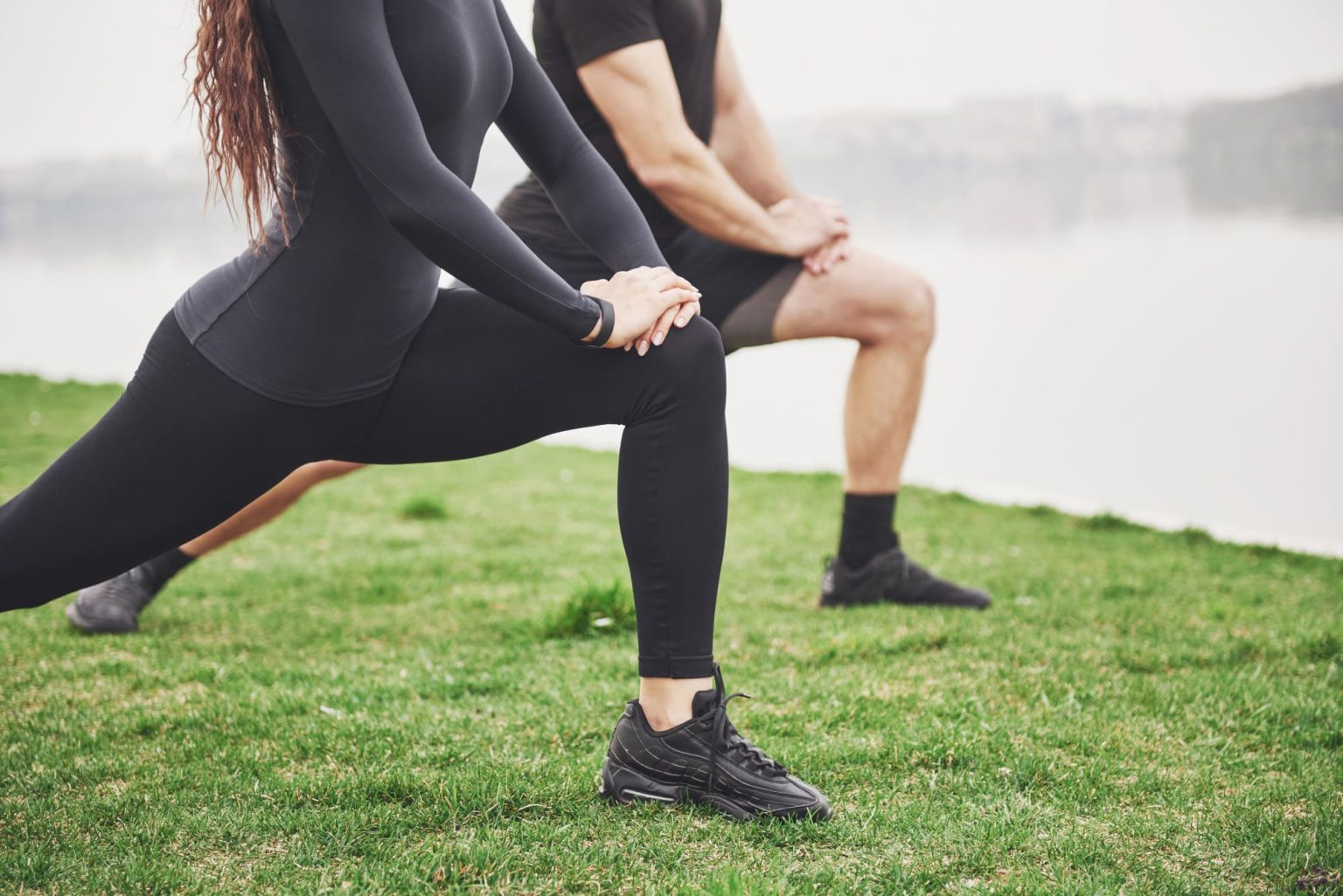Table of Contents
It’s no secret that stretching is a key part of fitness and well-being. But what does science say about it? In this post, we’ll dive deep into the science behind stretching, breaking down 5 common stretching myths and 5 evidence-based stretching benefits.
Whether you’re an athlete trying to improve your performance or just looking to improve your flexibility and muscle tone, knowing the truth about stretching is important.
Benefits
Flexibility and Range of Motion

Stretching is more than just a way to feel good; it can provide you with a powerful double-whammy of physical benefits. When you incorporate stretches into your daily routine, you’ll be able to:
- Increase your flexibility and range of motion: Over time, stretching increases the length of your muscles and the range of movement around your joints, allowing you to move more freely in everyday activities. This can lead to improved performance in a variety of athletic activities, such as running, cycling, and lifting weights.
- Reduce your risk of injury: When you’re limited in movement, you’re more likely to suffer from injuries. This is where stretching comes in. By improving your flexibility, your body can move more freely and adapt to the demands placed on it during exercise. In other words, stretching acts as a silent protector, strengthening your physical capabilities while you move.
Post-Exercise

While the effects of post-workout stretching on post-soreness recovery are still debated, there is evidence to suggest that it may be beneficial for some people. Here are some of the benefits of static stretches:
- Improved Flexibility: When your muscles are stretched, they are warm and flexible. This increases your range of motion, allowing you to do more everyday activities, improve your athletic performance, and potentially reduce your risk of injury in the future.
- Reduced Muscle Tightness: Exercise can leave you with tightness and pain in your muscles. Holding a static stretch for an extended time can help reduce this discomfort. This is because static stretches promote blood flow to the muscles, which helps to remove metabolic waste products from the muscles that cause soreness.
While the effects of static stretches on DOMS are still debated, other factors such as sleep and nutrition also play a role in post-workout recovery.
Stress relief

Stretching is not only good for your body, but it can also be a powerful stress reliever. Here are some of the benefits of stretching:
- Muscle Tension Release
When our bodies are stressed, they tend to knot up and become tight. When we stretch, our muscles lengthen and relax, making us feel more relaxed and less tense. This helps to reduce tension and improve our physical flexibility. - Stress Relief
When you stretch, your body releases endorphins. Endorphins are the body’s natural mood enhancers. They fight off stress hormones such as cortisol, making you feel more relaxed and calmer. - Mind-Body Connection
When you’re stretching, you’re engaging in mindful movement. This means that you’re paying attention to your breath and being aware of what’s happening around you. This helps to calm your mind and reduce anxious thoughts and feelings of calmness.
Keep in mind that stretching is not just for exercise, it’s an important part of your daily routine. It’s also a great way to combat stress and improve your overall mental and physical health
Joint Health and Age

Stretching is important to maintain and improve joint health by increasing the range of motion. However, there is a trade-off between stretching and over-stretching. Over-stretching, especially pushing beyond your body’s natural limits, leads to instability and increases the risk of joint injury. A well-balanced exercise program that includes flexibility exercises, as well as joint stability exercises, is essential for lifelong joint health.
As we age, our flexibility naturally decreases. This is because of changes in our muscles and joints. Regular stretching helps fight against age-related stiffness and maintains functional movement, enabling us to move freely and confidently. However, in the case of older adults, stretching should be approached with caution, with gradual, controlled movements as the best way to minimize injury.
Stretching for Specific Activities
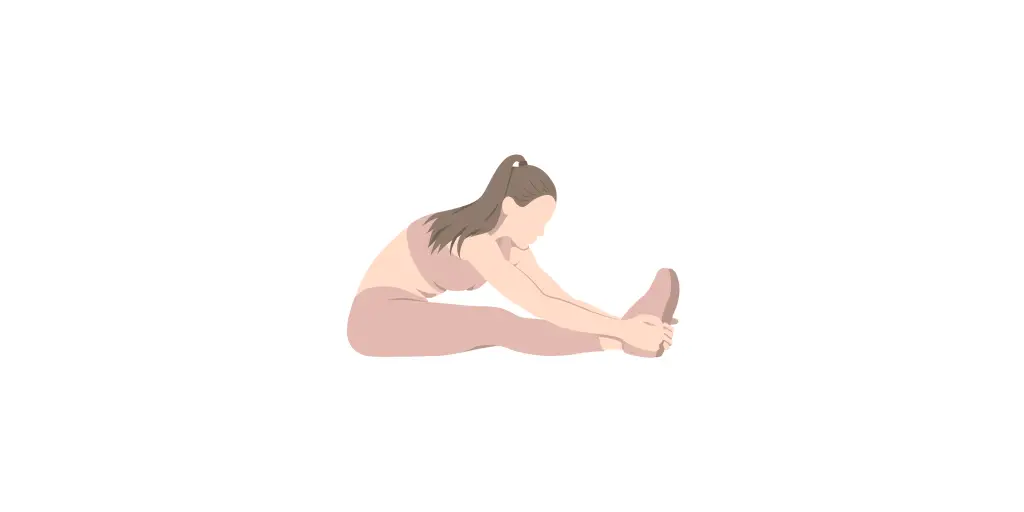
Selecting the right type of stretching is key to maximizing its benefits. Here’s a breakdown of the two types of stretching:
- Dynamic stretching: This is a controlled, active stretching technique that mimics the movements of your intended exercise. It’s great for warming up before a workout, as it helps your muscles and joints prepare for movement, improves blood flow, and may improve performance in activities that involve explosive movements such as running, jumping, and throwing.
- Static stretching: This is the type of stretching where you hold a position for an extended time to lengthen your muscles gradually. This type of stretching is best for cooling down after a workout or for improving flexibility. Holding a static stretch after your muscles have warmed up and softened from exercise can improve your range of motion and may help reduce muscle soreness.
Keep in mind that each type of stretching has its own unique benefits, so it’s important to choose the right one for your specific goals and activity you’re getting ready for or recovering from.
Myth
Prevents Injury

Static stretching has been linked to injury prevention for a long time, but recent studies suggest a slightly different story. Static stretching before high-intensity workouts may not provide the desired protection against injury. Instead, more dynamic warm-ups that involve movement can help improve flexibility, improve performance, and reduce injury risk.
Stretching remains an important practice, and when combined with focused strength training, it forms the foundation of a comprehensive injury prevention plan.
Stretching Diminishes Strength
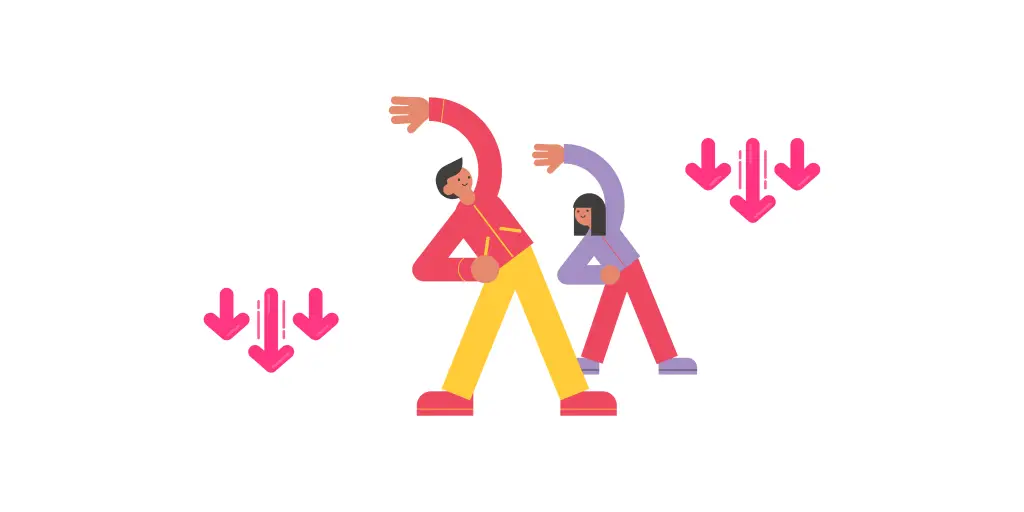
Contrary to popular belief, stretching doesn’t weaken your muscles. While long static stretches before strength training may reduce peak force output for an extended time, research shows that shorter static or dynamic stretches do not appear to have the same effect.
Dynamic stretches may even improve muscle activation and increase power output.
This emphasizes the importance of tailoring your warm-up routine and flexibility routine to your workout, taking into account the type and timing of your stretching to maximize performance and minimize injury risk.
Don’t forget that a balanced approach that includes dynamic warm-up, good technique, and focused strength training remains essential for keeping you healthy and safe during exercise.
Eliminates Muscle Soreness
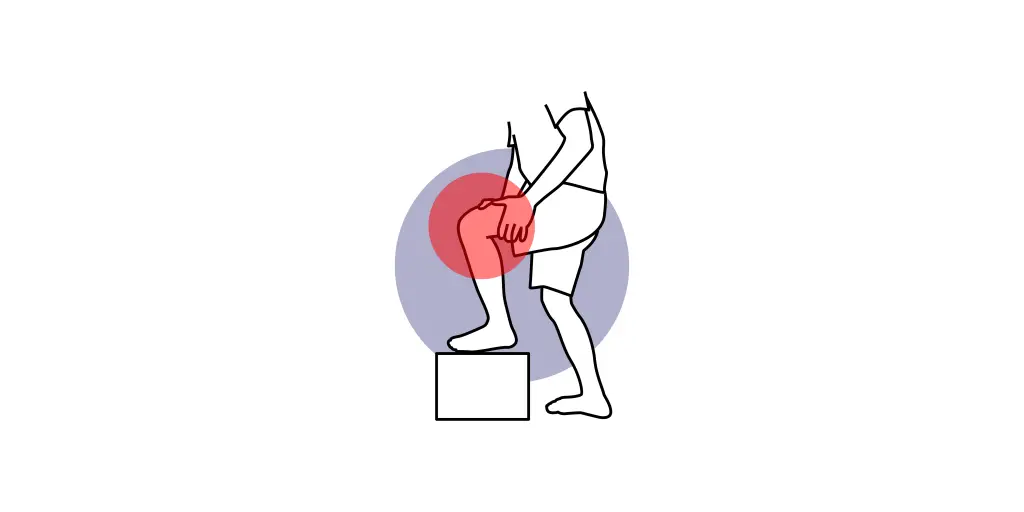
Stretching improves flexibility and may reduce muscle tightness. However, stretching is not a cure-all for muscle soreness after a workout. Muscle soreness is a natural reaction to new or strenuous exercise and is caused by complex physiological processes in the muscles. Stretching can provide some relief from muscle soreness, but it will not eliminate or prevent Delayed Onset Muscle Soreness DOMS. DOMS usually goes away on its own after a few days.
Everyone Should Stretch the Same Way

There’s no “one size fits all” when it comes to flexibility. People are born with different levels of natural flexibility. Joint structures and overall health play a role too. To get the most out of stretching, it’s important to tailor your flexibility routine to your specific needs and goals. Flexibility is beneficial in many ways, but over-flexing just because you’re stretching doesn’t always mean you’ll see better athletic results in every sport. It’s all about finding the right balance of flexibility and strength. Listen to your body, figure out what works for you, and don’t be afraid to ask for help from a trained professional to create a customized flexibility routine that fits your fitness journey.
You Should Feel Pain
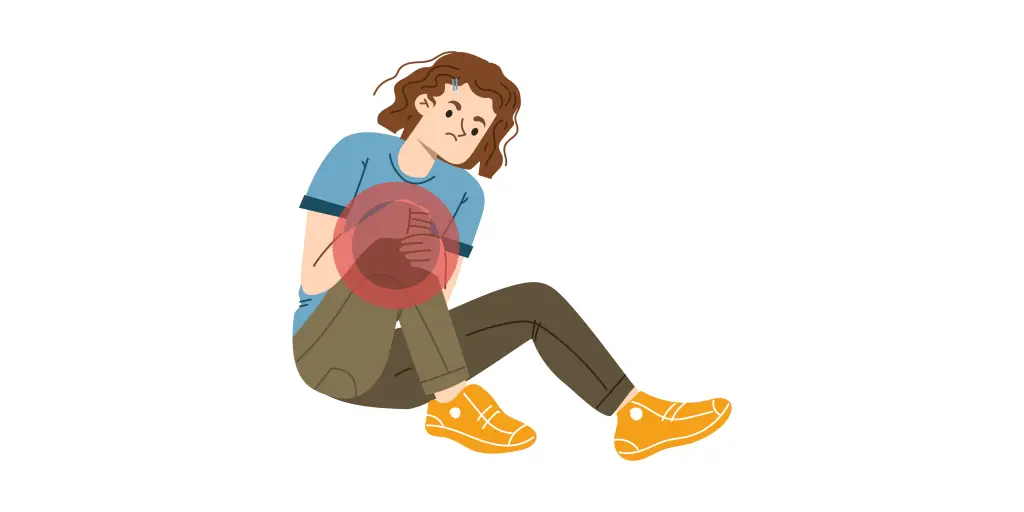
It’s important to remember that stretching should be a pleasant experience, not painful. While you may feel a slight pull or tension as you hold a stretch, sharp or severe pain is a warning sign. This pain may be a sign of an underlying injury or a sign that you’re pushing yourself too hard. Remember that the purpose of stretching is to increase flexibility, not to experience unbearable pain.
Listen to your body’s signals. If you feel something that feels painful, stop the stretch and talk to your healthcare professional or a certified trainer for tips on how to safely and effectively use stretching techniques.
Remember that pushing yourself too hard can lead to injury, so focus on safety and respect the boundaries of your body as you incorporate stretching into your daily routine.
Conclusion
As we explore the science behind stretching, it’s clear that a “one size doesn’t fit all” approach doesn’t work. A scientifically-based stretching regimen takes into account your individual differences, your activity-specific needs, and the human body’s dynamic nature. By incorporating dynamic and static stretching, tailored to your specific goals and requirements, you’ll be able to unleash the full power of stretching.
Stretching isn’t just a myth. It’s a practice grounded in scientific principles that promote physical health and overall flexibility.
Also Read: Healthy Aging Guide: 10 Empowering Strategies for Older Adults’ Physical Well-being
Quick Answers
How often should I stretch?
Stretching should ideally be incorporated into your daily routine. Aim to stretch major muscle groups at least 2-3 times per week to maintain flexibility and range of motion. However, you can stretch daily if you have specific areas of tightness or discomfort.
When is the best time to stretch?
Some people prefer to stretch in the morning to wake up their muscles and improve flexibility for the day ahead. Others find stretching before bedtime helps to relax muscles and promote better sleep. Ultimately, the best time to stretch is when it fits into your schedule and feels most beneficial for your body.
Can stretching help with back pain?
Yes, stretching can be an effective way to alleviate back pain, especially if it’s caused by tight muscles or poor posture. Gentle stretches that target the muscles of the back, hips, and hamstrings can help to release tension and improve flexibility, reducing strain on the spine and alleviating discomfort.
Is it necessary to stretch before and after exercise?
While it’s not strictly necessary to stretch before exercise, it can be beneficial as part of a warm-up routine. Dynamic stretching, which involves moving through a range of motion, can help to prepare your muscles for activity and prevent injury.
Can stretching improve flexibility at any age?
Yes, stretching can improve flexibility at any age. While flexibility naturally declines with age, regular stretching exercises can help to maintain or even improve flexibility over time.



